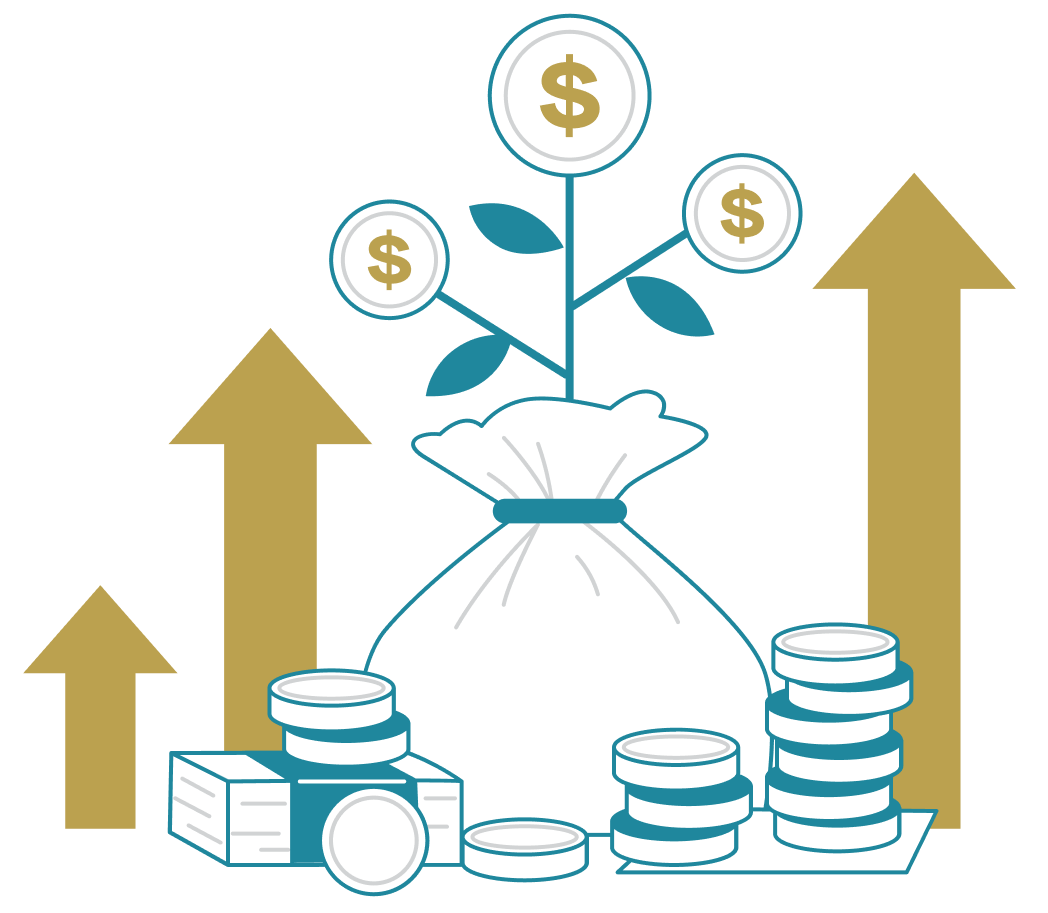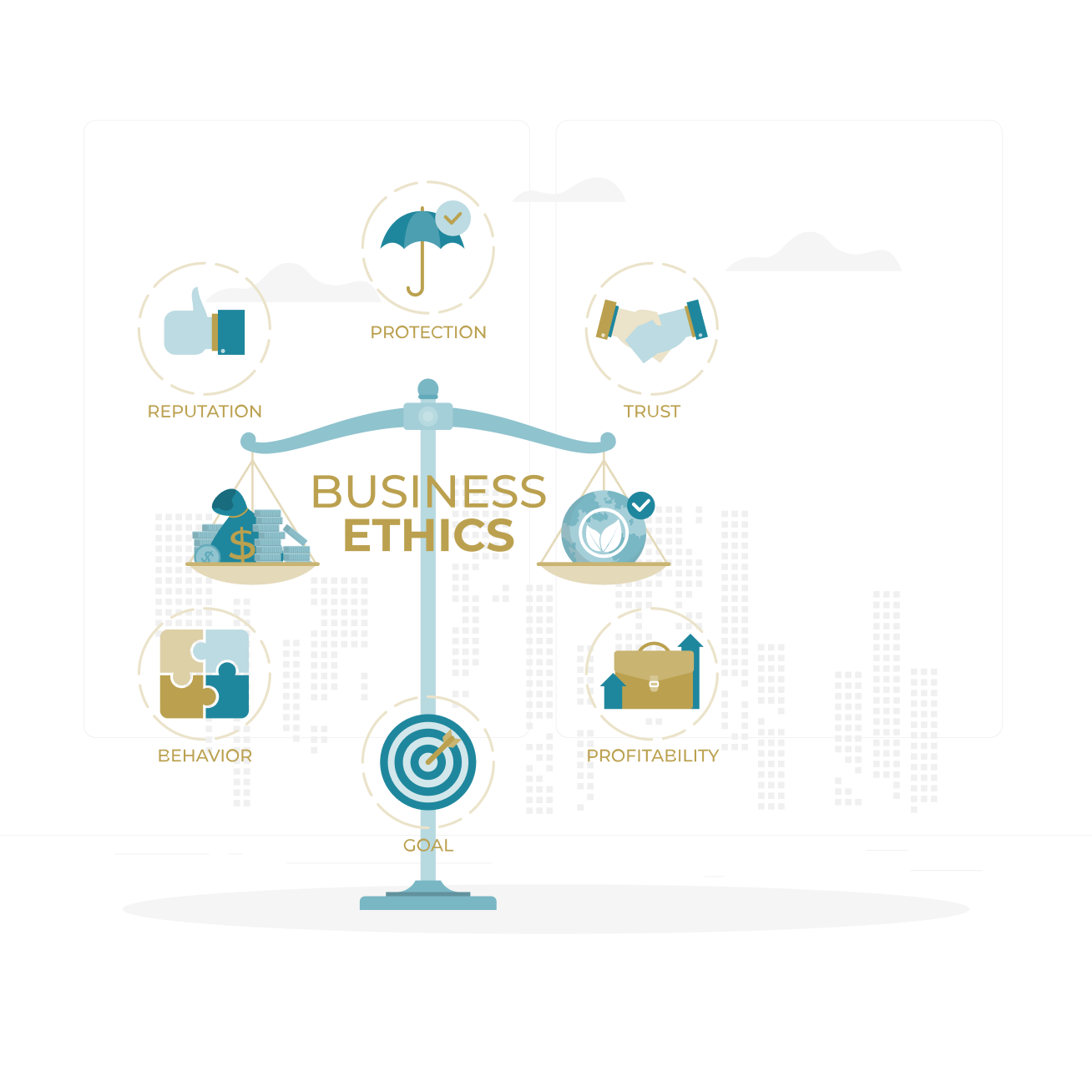Our Three Flagship Portfolio
Pure Alpha
Sectors
Portfolio’s Return
No Data Found
Small Cap
Mid Cap
Large Cap
Wealth Compounder
Sectors
Portfolio’s Return
No Data Found
Small Cap
Mid Cap
Large Cap
Magic Formula
Sectors
Portfolio’s Return
No Data Found
Small Cap
Mid Cap
Large Cap
Consistently generating the Alpha

Our Process
1
Filtration
Our stock selection isn't determined by market cap, but rather by the potential to create enduring, sustainable wealth.
2
Intrinsic Valuation
Assess the stock's value, and use our own filters for cash flows, risks, and growth. Confirm undervaluation with a safety margin.
3
Scuttlebutt Research
Research deeply using Scuttlebutt. Study operations, competition, staff, customers, and trends for insights.
6
Contextualize Business Cycles
Consider a broader economy without relying solely on macro factors. Gauge resilience and growth.
5
Economic Moat Assessment
Identify competitive edge, ensuring long-term profitability.
4
Management Quality Scrutiny
Analyze management and governance alignment, vital for promoter-led firms.
- Intrinsic Value
- Scuttlebutt Method
- Sector & M-Cap Agnostic
-
Proprietary Qualitative
and Quantitative Filters - Margin of Safety
- Contrarianism
-
Dissecting Management
Quality -
Contextualizing Business
Cycles
1
Intrinsic Value
We firmly believe that if we get our valuation right, the market will eventually agree with us.

2
Scuttlebutt Method
We are active investors and do our own primary research through the Scuttlebutt Method, as coined by Phil A. Fisher. The origin of the term “scuttlebutt” relates to the exchange of gossip by sailors gathered around a scuttled butt (wooden water cask). Accordingly, we conduct our own due diligence by engaging with competitors, employees, customers, etc.

3
Sector & M-Cap Agnostic
Just like we should not judge a book by its cover, we do not judge a business by its size, sector, or market capitalization. We hunt for value and invest based on our calculations of its projected cash flows and risk, irrespective of where it is found. Sector & M-Cap Agnostic

4
Proprietary Qualitative and Quantitative Filters
We screen for shares based on our proprietary qualitative and quantitative filters (shared in the FIW Advanced Workshop), which have been developed after several decades of back-testing. This ensures that we minimize our unsystematic risk.

5
Margin of Safety
As David Dodd says, “you build a bridge that 30,000-pound trucks can go across, then you drive 10,000-pound trucks across it”. Investing, to our mind, is the broad and consistent application of common sense. Accordingly, in our investment decisions, we ensure that we manage our portfolio risk by investing in businesses that afford a significant margin of safety.

6
Contrarianism
“Be fearful when others are greedy, be greedy when others are fearful”. We follow these words of wisdom from the Sage of Omaha but take a step further. In addition to practicing a contrarian value-based paradigm, being sector and MCap agnostic, we look for opportunities where others seldom choose to look!

7
Dissecting Management Quality
Like most developing countries, India has several family-driven or promoter-centric businesses. This is also the case for many publicly listed companies. Accordingly, it becomes imperative to analyze whether the management and the promoters are running the business in a manner that is consistent with the interests of the company and the minority shareholders.

8
Contextualizing Business Cycles
When the sea level rises and falls, most boats, regardless of their size or quality, rise or fall to some extent as well. Thus, while we base our investment decision on our intrinsic valuation of the business and not on macros, keeping the larger picture in mind does help contextualize the price we pay by enabling us to “normalize” earnings.


